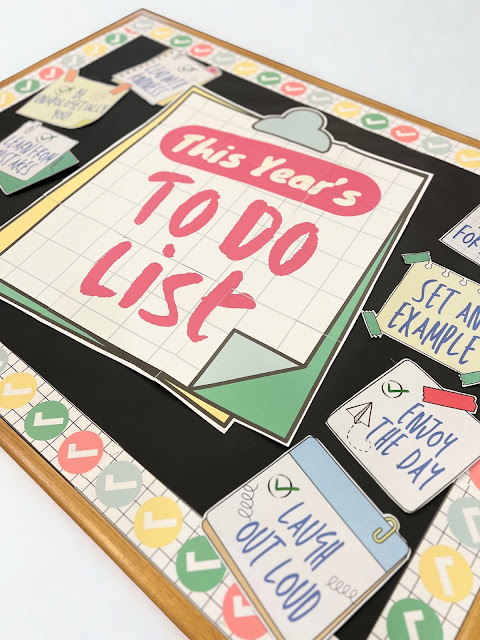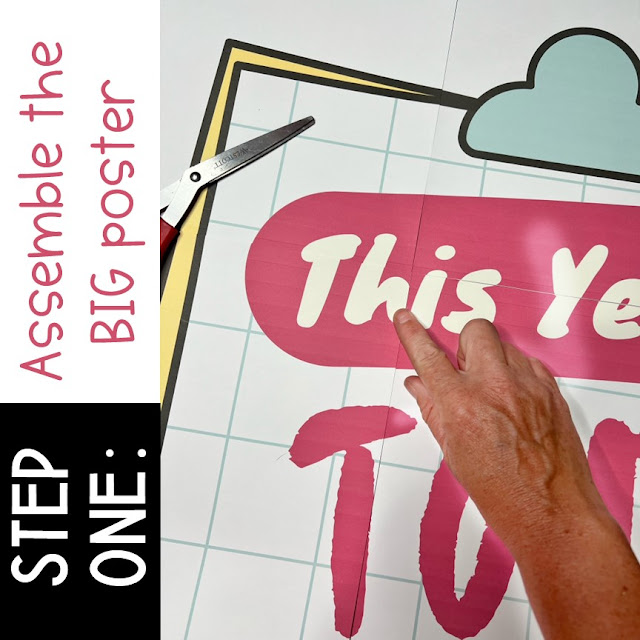Teaching the parts of speech can feel like a never-ending challenge. Students confuse nouns and verbs, tune out during grammar lessons, or forget everything by the next writing assignment. But it doesn’t have to be that way. Here are the three biggest mistakes teachers make when teaching the parts of speech and how you can fix each one with an engaging, year-round resource that blends art and grammar.
Mistake #1: Skipping the Mini-Lesson
Many teachers assign a worksheet or workbook page and hope students “get” nouns, verbs, adjectives, etc. But without a short, clear mini-lesson to teach the concept, many students just guess or memorize superficially. It’s tempting to hand out a worksheet and hope students remember what a verb is. But without modeling and examples, most students just guess.
How We Can Help:
We have a ready-made mini-lesson for you! Each level in our Differentiated Parts of Speech Pop Art Coloring Pages includes clear instructions and examples, making it easy to introduce the concept before students dive into hands-on practice. The color-by-part-of-speech format turns identification into an active learning experience.
Mistake #2: Making Practice Boring or Repetitive
Traditional drills and grammar worksheets can drain the fun out of learning, especially for upper-elementary and middle-grade students.
How We Can Help:
Our Pop Art Grammar Activities transform practice into creativity. Students color vibrant, seasonal designs like apples, snowmen, bees, and ice-cream cones based on the part of speech. It’s self-checking, visually engaging, and keeps students motivated to practice grammar accurately.
Mistake #3: Teaching It Once and Moving On
A single grammar unit won’t make parts of speech stick. Consistent review throughout the year helps students retain and apply what they learn.
How We Can Help:
The All-Year Pop Art Collection includes five differentiated levels, from starter to advanced, so you can revisit parts of speech in small doses all year long. Use them as morning work, centers, early-finisher tasks, or seasonal reviews. Your students get repeated exposure without feeling like it’s the same lesson again.
The Takeaway
When grammar is visual, creative, and consistent, students remember it and even enjoy it. Bring color, confidence, and engagement to your classroom with the Differentiated Parts of Speech Pop Art Coloring Pages – All Year Collection by Art with Jenny K. and me, Brain Waves Instruction. You’ll have everything you need to review grammar all year long without ever hearing “Do we have to do grammar again?”
And we have VERY good news for you. If you'd like to avoid all these mistakes for FREE. Check out this Parts of Speech Pop Art freebie. Download it HERE.
We hope you have fun teaching parts of speech in your classroom!
Thanks for stopping by!
Mary Beth and Jenny K.
P.S. If you're ready to get students learning ALL YEAR LONG...click here.






















































